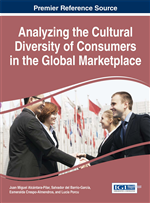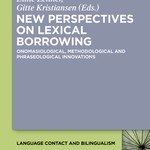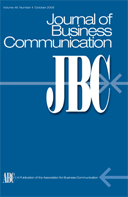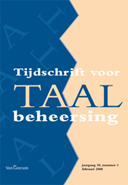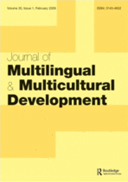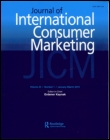 Brands can position themselves as belonging to a foreign culture by using foreign languages in advertising. Foreign languages in ads have been suggested to be implicit country-of-origin (COO) cues. This paper examines the expectations that foreign languages operate through the COO effect (Study 1), and that they evoke associations (Study 2) and generate persuasive effects (Study 3) similar to COO mentions. The findings of the studies, employing different language slogans for different products, lend support to these expectations. Thus, foreign languages in advertising derive their effectiveness from the COO effect, and practitioners can use them to benefit from this effect.
Brands can position themselves as belonging to a foreign culture by using foreign languages in advertising. Foreign languages in ads have been suggested to be implicit country-of-origin (COO) cues. This paper examines the expectations that foreign languages operate through the COO effect (Study 1), and that they evoke associations (Study 2) and generate persuasive effects (Study 3) similar to COO mentions. The findings of the studies, employing different language slogans for different products, lend support to these expectations. Thus, foreign languages in advertising derive their effectiveness from the COO effect, and practitioners can use them to benefit from this effect.
- Hornikx, J., & Meurs, F. van (2017). Foreign languages as implicit country-of-origin cues in advertising: Mechanism, associations, and effects. Journal of International Consumer Marketing, 29 (2), 60-73.


